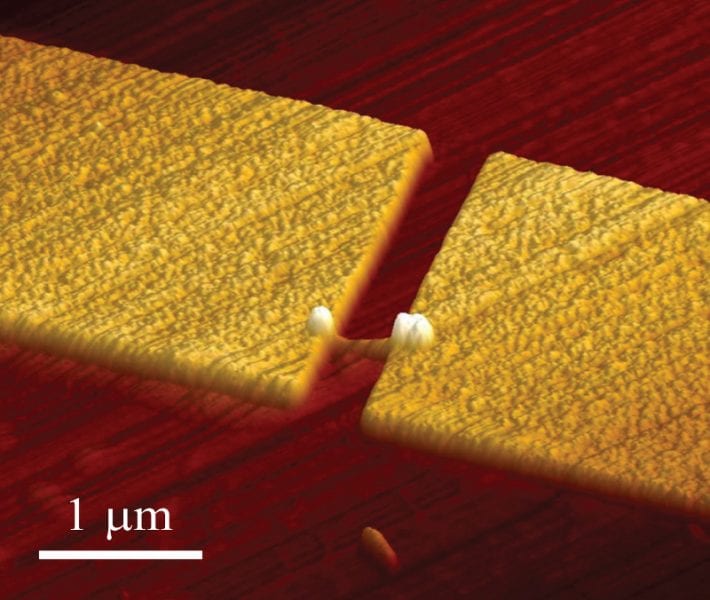Technology is based on metal di-chalogenides, which are emerging as potential candidates to replace current CMOS materials.


Technology is based on metal di-chalogenides, which are emerging as potential candidates to replace current CMOS materials.
Both patents are related to their copper inks, which have the potential to replace existing silver inks that are commonplace in the marketplace.

French scientists have produced the world’s first microscopic, organic transistors that can amplify and record signals from within the brain itself.

Project is titled “Silicon-based Biomaterials for an Electrical Study of Single-Neuron Dynamics.”
Ultrathin, flexible optoelectronic devices – including LEDs the size of individual neurons – are lighting the way for scientists in optogenetics and beyond.

Pernice group at KIT use polycrystalline diamond for the fabrication of wafer-based optomechanical circuits.

Thin germanium films, with properties similar to graphene, could lead to lighter, faster electronics.
Companies have agreed to co-develop new methods to reduce overall cost of ownership for Extreme UltraViolet and lithography.
McGill researchers demonstrate new way to control light in semiconductor nanocrystals.

Researchers have demonstrated a simpler, more efficient single-photon emitter that can be made using traditional semiconductor processing techniques.